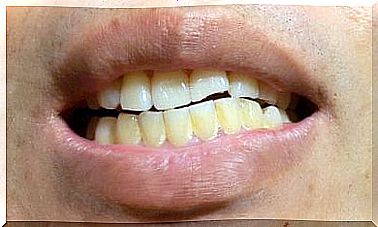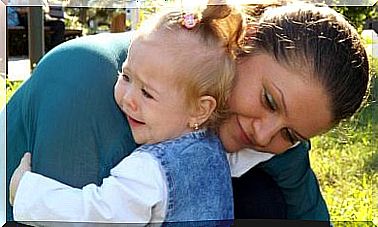Interesting Facts About The Fontanel And Its Functions

The baby’s fontanel is a crack in the bone in the skull that is protected by connective tissue and usually ossifies until the age of two. Today, learn more about a topic that often worries parents of newborns.
The fontanel
At birth, there are still cracks in the bones that are bridged by connective tissue. They are located where three or more bone plates of the skull come together.
Although there are multiple fontanels, the most famous are the posterior fonticulus (small fontanel) and anterior fonticulus (large fontanel).
Fonticulus posterior
This small triangular fontanel is located on the back of the skull and closes in the 3rd month of life. In many children, however, this bone cleft is already closed at birth. Often the parents do not even notice this crack in the bone.
Fonticulus anterior

The large fontanel is located on the skull, in the anterior central area, and is diamond-shaped. It usually closes by the age of two.
What is the function of a fontanel?
The cleft bones are important in childbirth. As the child slides through the birth canal, the fontanelles allow the bone plates to slide over one another, making the birth easier.
After birth, the fontanelles have other functions. For example, they allow the head to grow while the brain volume increases.
During the pediatrician check-ups, the pediatrician palpates the large fontanel in order to obtain information about the child’s development and to rule out diseases (for example, craniosynostosis, in which the early closure of the cleft bone hinders the growth of the skull and brain).
If the fontanel is too open or bulging, this usually indicates that the pressure in the brain is too high and too much fluid (hydrocephalus). If it sank too deep, it could indicate a lack of fluids.
Bulging or sunken fontanel: should I be concerned?

If you have a bulging or sunken fontanel, you should have your child examined by a doctor. It doesn’t necessarily have to be a problem, but you should play it safe.
Sometimes the fontanel pulses at the same time as the heartbeat, bulges when vomiting, crying, or exertion, and sinks in when the child is upright and calm. Don’t worry!
How do you remove the scab on the fontanel?
Scales or scabs often form on the large fontanel and are not easy to remove. If you’re observing cradle cap at this point, here’s what you can do:
Use cotton wool and dampen it with some baby oil. Very gently removed the scab with it. Let the oil sit for a few minutes to make it easier. Then you can carefully brush over this area with the gentle baby brush. Always make short movements from back to front.
Finally, you can wash your baby’s hair as usual. Do not apply excessive pressure while doing this.









